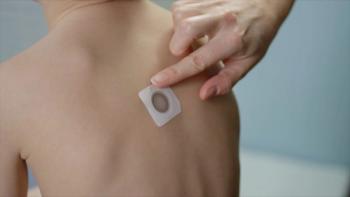
PHRs, EHRs raise privacy issues for teens, parents
Personal health records and electronic health records don’t meet the privacy and confidentiality needs of adolescents and their parents and will require significant changes to do so.
Children and adolescents require a proxy-typically a parent-to access and manage their PHR until they reach
Problems can arise when data released into the PHR from the patient’s EHR isn’t meant to be shared with others. Such
Issues of privacy and confidentiality can affect virtually all types of health data, the authors of the article point out: medication lists, problems lists, notes, visit summaries, appointments, test results, family and social histories, and hospital bills. Addressing the issues, they note, will require fixing some defects in the way EHRs and PHRs are set up.
For one thing, EHRs aren’t designed to flag all sensitive information, either automatically or as directed by a healthcare provider, so sensitive and nonsensitive information are released into the PHR without differentiation. Moreover, PHRs aren’t equipped with access tools that permit different users, such as teenagers and their parents, to have different views of the records depending on what information they’re allowed to see.
Instead of addressing these deficiencies amid the rapid adoption of PHRs, many healthcare centers have relied on “workarounds” that reduce the risk of disclosure but interfere with access to
While acknowledging that addressing privacy and confidentiality issues will require “significant modifications” to the design of EHRs and PHRs, the authors nevertheless urge providers to “insist that their EHR and PHR vendors focus on the need to provide the tools needed to appropriately protect
Newsletter
Access practical, evidence-based guidance to support better care for our youngest patients. Join our email list for the latest clinical updates.







